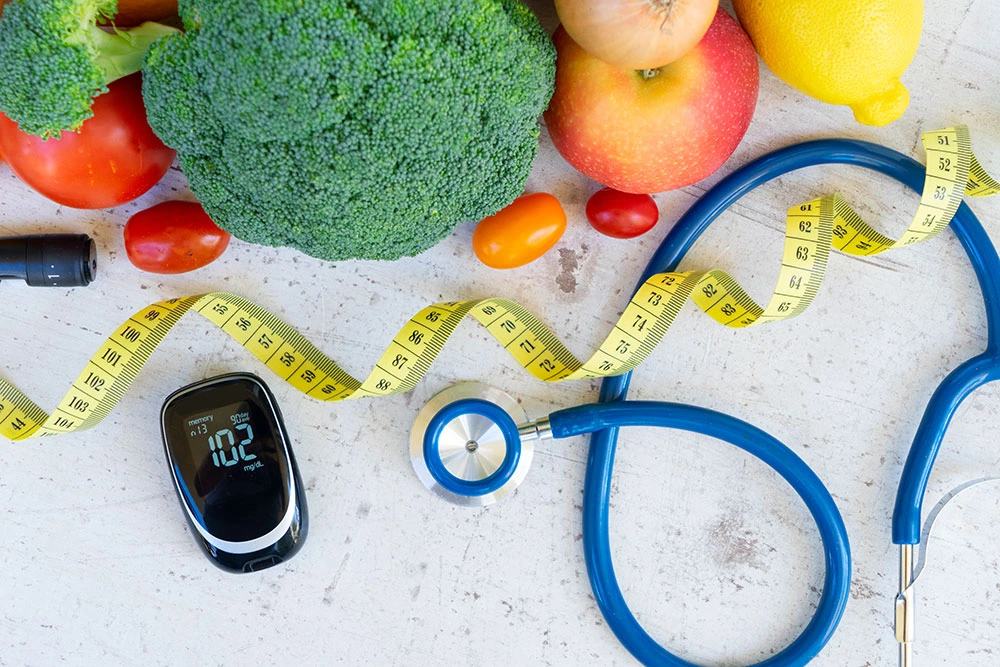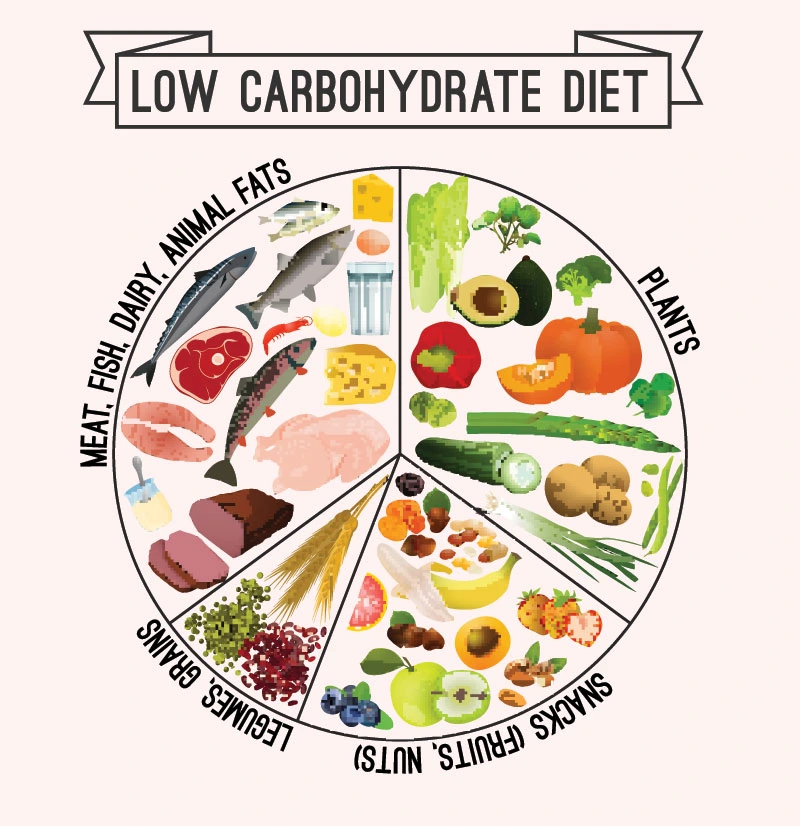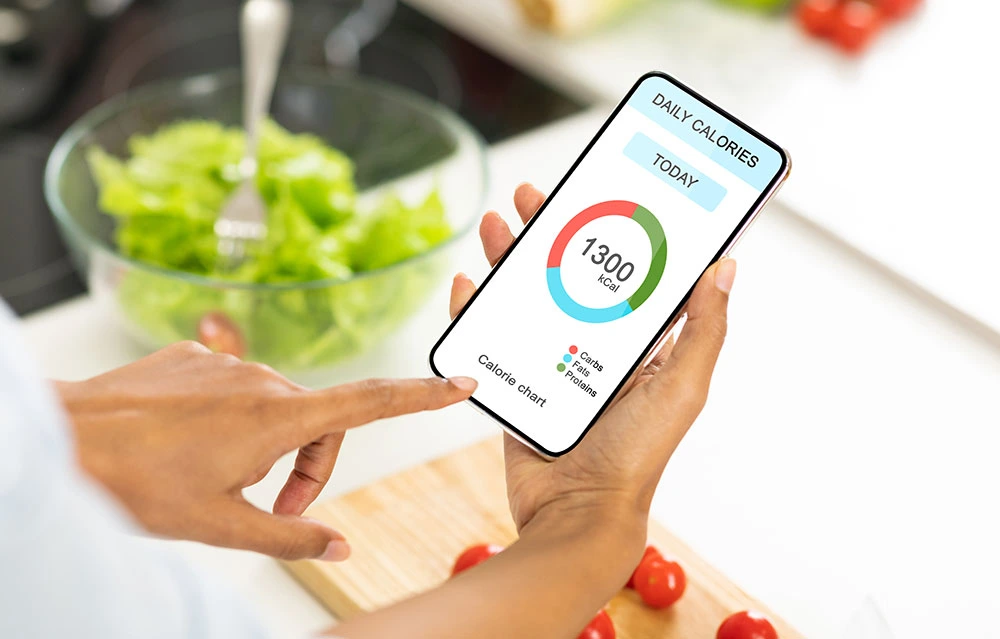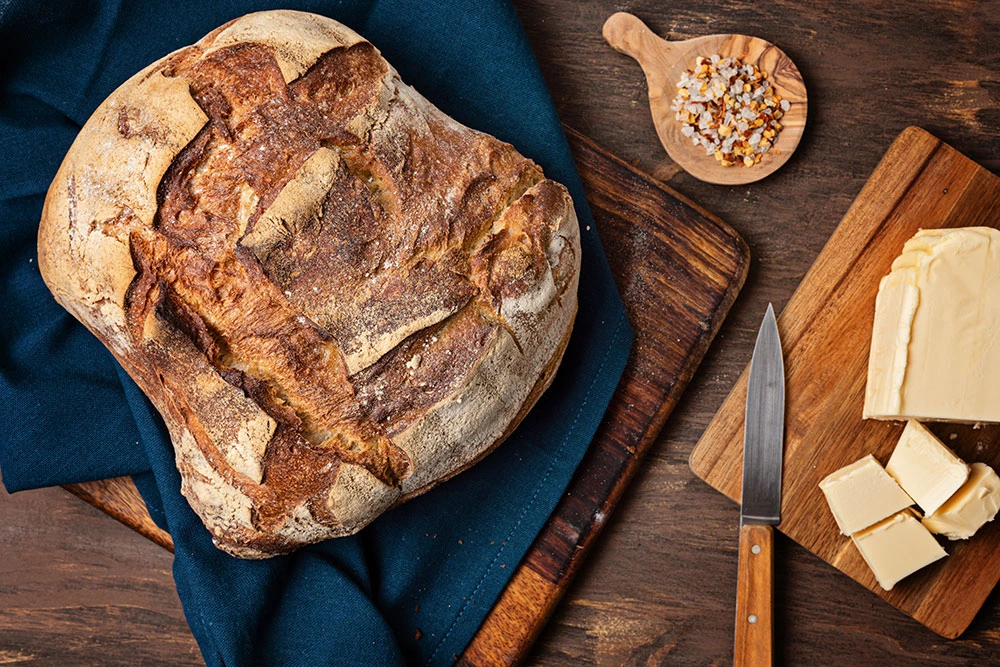Last updated on September 9th, 2022
These days, bread is a popular option and a key ingredient of the meal in several countries globally. Bread, being rich in carbs is a question of concern for people with diabetes. Diabetics might think about whether or not they can consume it. Is it safe to add bread to a diabetic diet? If yes then, what kind of bread is ok for diabetics? The good news is that a majority of individuals may consume bread only as per their doctor’s recommendation. But, it must be an appropriate type of bread.
Whole-grain bread containing a rich amount of fiber (like bran or oats) is just a great option for diabetics. Also, bread can be prepared at home using particular diabetes-friendly components. This helps in lowering down the impact that bread might exert on the blood glucose levels. Read this blog to know about best breads for diabetics.
Food is life’s unfussy delight. A person living with diabetes must always be perplexed about what to eat. Foods with loads of carbs can spike his or her blood glucose levels. Carbs are present in several types of foods such as fruits, veggies, grains, milk, desserts, and bread. Giving up carbohydrate intake entirely isn’t practical, healthy, or even obligatory.
The person should be aware of his or her carb consumption and should make nutritious food choices. Frequently, bread may be rich in carbs, but few are exceedingly processed, have high sugar content, and are packed with empty calories. Healthier bread alternatives can be a part of a pleasing meal plan. If you’re wishing to work out which bread is perfect for diabetes management, this article can be a help for you.
Understanding Diabetes
In diabetes, the body fails to make or use an adequate amount of insulin to process food well. In the absence of insulin, the blood glucose levels may elevate. Also, a spike in triglyceride and cholesterol levels can be seen. This indicates the importance of keeping an eye on fat and sugar ingestion. A person with type 1 diabetes needs insulin injections on a daily basis and they are put on a special kind of eating plan (geared towards keeping their blood glucose levels low). A person with type 2 diabetes is required to follow a specific eating and exercise regimen aimed at decreasing blood glucose. They can also be put on insulin injections or anti-diabetic drugs when diet and exercise are not capable of controlling their blood sugar levels. A good diet plan, watching carb consumption, and creating smart nutritional choices are suggested in both kinds of diabetes.
How Does Diet Planning Help?
A meal plan is of great help for diabetics in regulating their blood sugar and receiving optimal nutrition for the body. Different meals should be tried to see which works the best for the body. A good doctor or a nutritionist can guide you about food choices and how to eat them. Meal plans must emphasize slow-digesting, high-fiber options so that sudden glucose changes can get minimized.
Also Read: Indian Diet For Diabetic Patients
With so many choices of bread available, you can lose your way in the bread walkway. Thus, a good understanding must be there of what one must search for and what to avoid, this can assist you to make better choices.
Also Read: Normal Blood Glucose Levels
Consider the Nutrients
One should concentrate on finding bread that promotes one’s overall health objectives. While looking for a good type of bread, it is a must to go through the labels. Look at the calorie, carbs, fat, fiber, as well as sodium contents, particularly if a person is coping with diabetes. The complete ingredient list must be read and one must ascertain that the bread is whole grain.
If you still are not sure which bread will work best for you, it is suggested to discuss it with a dietitian or certified diabetes educator. Which bread is best for diabetics?
Calories
The calorie count must be kept around 90 calories or less per bread slice, principally if a person plans of consuming two slices. Bread comprising nuts and seeds are just great as they are composed of proteins, fibers, and healthy fats, however, they still would be higher in calories. If such bread is chosen with a high-calorie count, it’s good to keep the portion size of the bread to one slice.
Fiber
Fiber is an essential nutrient in any meal plan, particularly in a diabetic diet. It works by delaying the increase in blood sugars, by enhancing the feelings of fullness, pulling the cholesterol out of the heart, as well as keeping the bowel movements regular. Thus, look for bread with a good fiber content of at least 3 grams in a two-slice serving.
Carbohydrates
A person with diabetes must watch his or her consumption of carbs, the nutrient which has a major impact on blood glucose, and this tracking is very important. Based upon the meal plan as well as the number of carbohydrates a person aims to have per meal, a majority of individuals can take advantage of bread comprising 15 to 20 grams or less of carbs per serving. Bakery bread generally contains 15 grams of carbs per ounce of bread. Thus, if the bakery bread weighs around 2 ounces, it consists of 30 grams of carbs.
Fat
Fat can be of many types: saturated, unsaturated, and trans fat. Diabetics must consume a diet with low amounts of saturated and trans fat. Also, the diets must contain enough quantities of heart-healthy unsaturated fat. The majority of bread is not very high in fat (unless seeds or nuts are present in them). Opt for bread with 0 grams of trans fat and below 1.5 grams of saturated fat.
Whole Grains
100% whole grain bread in which grain is intact contains high amounts of vitamins, minerals, and fiber than refined bread.
Sodium
Meals with high sodium content can cause a rise in blood pressure, mainly in individuals sensitive to salt. Try to keep the sodium content in bread to roughly 150 mg or less per slice.
How Bread Can be Made a Vital Part of Any Meal Plan?
When choosing which bread to purchase and which to avoid, take care to read the nutritional information carefully. The ADA proposes selecting whole grain bread or 100% whole wheat bread rather than white bread, especially for people with diabetes. White bread causes diabetes. White bread is prepared from highly processed white flour as well as extra sugar.
Understanding the GI of bread
The glycemic index (GI) measures how foods affect blood glucose levels. There are 3 basic categories of GI foods and include low, medium, and high. White bread would rank around 71 on the GI scale (glucose being the reference with a 100 score).
Low-GI bread
Why is wholemeal bread good for diabetics? Wholemeal bread ranks lower on the glycemic index scale, while commercially-produced white bread is high on the GI index. Thus, it’s a good idea to opt for wholemeal bread. The basic step in selecting suitable bread is choosing bread prepared from wholemeal or stone-ground flour. The less processing is done on the flour, the lower its GI score will be.
Minimum sugar content
When yeast is used in the bread to rise the loaf, it generally requires some sugar to feed the east. Commercial bread is composed of more sugar than the required amounts to make the bread rise.
If the bread is prepared at home, whether by hand or using a bread-making machine, you can add in slight amounts of sugar.
Ingredients to Make Bread More Nourishing
Individualized bread can be made easily and added nuts, seeds, and grains can be included to improve the nutritional content.
Ingredients with a lower GI score can be added to the bread if it’s made at home. High protein, high fat, and high-fiber constituents can be some vital additions to lower down the impact the bread carries on the glucose levels. These constituents can be oats, flaxseeds, chia seeds, or wheat bran. Avocado can also be used on wholemeal bread making it a nutritious option for individuals with diabetes. Also, the GI score can be reduced further by opting for spreads carefully. Unsweetened peanut butter can be used rather than jellies or chocolate spread. Also, read on to know can people with diabetes eat bread?
Healthiest Bread for Diabetics Worth a Buy
Mostly commercially available bread consists of refined, white flour, lacking fiber content; in addition, it can raise blood glucose levels.
Is whole grain bread good for diabetics? Whole-grain bread is just perfect for any person who is looking for monitoring their calorie and carbs count. If a person is unresponsive about the standard versions, then there are plenty of other low carb bread brands as well:
Multi-grain sandwich bread
Rich in carbs however it comprises whole, unrefined grains rich in naturally occurring fiber. This bread works great towards decreasing the impact of carbs on blood sugar. When a person is going to purchase multi-grain bread, try to look for constituents including whole-grain wheat, oats, brown rice, quinoa, barley, buckwheat, and bran. Wheat flour has a higher GI index as compared to whole grains with a lower GI score. Also, whole grains are loaded with nutrients like proteins, zinc, vitamin E, and much more.
Fiber-enriched Whole-grain Bread
This is the best whole grain bread for diabetics. Research studies have found that soluble fiber slows down the rate of digestion and lowers down the spike in blood glucose after consuming food. For this reason, fiber is expected to lower the GI index of any food item. Including soluble fiber in bread can assist people in managing their blood sugar. Fiber-enriched whole-grain bread is moderately high in carbs, thereby it is essential to consume them within limits. Also, bread should be consumed in combination with a regime of exercise as well as other beneficial lifestyle practices.
Low-carbohydrate Tortillas
Whole wheat tortillas for diabetics deliver a flavorsome, versatile, and at times healthier preference over sandwiches. These tortillas are just ideal for health-conscious people. They have less added fiber content to lessen the carb count. Few tortillas are composed of low-carb constituents like soy and whey protein powders.
Grain-free Bread
Ideal diabetes-friendly bread must have no flour or grains. Flourless sprouted-grain bread comes in the market these days and is a really good source of fiber, while high in carbs. Grain-free bread can be prepared from constituents such as almond flour, chia seeds, coconut flour, and flaxseed meal. These give loads of fiber, protein, and healthy fat.
Also Read: Can Quitting Alcohol Reverses Diabetes?
Traditional Pumpernickel Bread
Is pumpernickel bread good for type 2 diabetes? Rye flour is used for its preparation. It’s fermented with a sourdough starter; pumpernickel. It has a lower GI value.
Summary
For diabetics, healthy eating is important and it’s all about making healthy meal choices. This article helps any person with diabetes in choosing meal options that may work best for managing his or her blood sugar. When the selection of bread is of concern, it’s a must to read labels and understand the nutrition facts and thus, the person can stay on a right track.
Try to find bread with the lowest quantity of sugar, free of extra sugar while rich in fiber, at least 3 grams per serving. Also, it is a must for every diabetic to track his or her blood sugar before and after consuming bread a number of times. This gives a better understanding of how a particular body responds to the bread intake. You may find that bread may have to be viewed more as a treat rather than a daily part of your diet based on your glucose response. Consider creating a meal plan and talk to your doctor about other best practices for you.
Also Read: Popular diabetes medications
FAQs:
Is it good for diabetics to eat brown bread?
Whole grains are a smart choice for diabetics. Wholegrain foods generally cause improved management of the blood sugars as they tend to have a lower GI.
How does bread influence blood glucose?
Foods with high GI like white bread get digested quickly and lead to considerable variations in glucose levels. Foods with a low GI such as whole oats take a longer time to get digested, causing a steadier rise in blood glucose levels.
Which bread works great for weight loss?
Multi-grain bread undoubtedly, as it comprises effective ingredients such as oats, barley, wheat, flaxseeds, corn, millet, and buckwheat. It’s a complete package of healthy nutrients and fiber. All together makes it perfect for weight loss.
What is the recommended number of bread slices for a diabetic per day?
It’s recommended to keep the bread intake around 90 calories or less per slice, particularly if a person wishes to have two slices.
References:
- https://www.healthline.com/health/diabetes/best-bread-for-diabetics#Food-Fix:-Foods-That-Are-Good-for-Diabetes
- https://www.medicalnewstoday.com/articles/311036#diabetes-friendly-bread
- https://www.everydayhealth.com/type-2-diabetes/best-worst-bread-diabetes/
Last Updated on by Dr. Damanjit Duggal
Disclaimer
This site provides educational content; however, it is not a substitute for professional medical guidance. Readers should consult their healthcare professional for personalised guidance. We work hard to provide accurate and helpful information. Your well-being is important to us, and we value your feedback. To learn more, visit our editorial policy page for details on our content guidelines and the content creation process.

 English
English
















